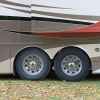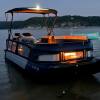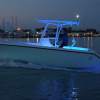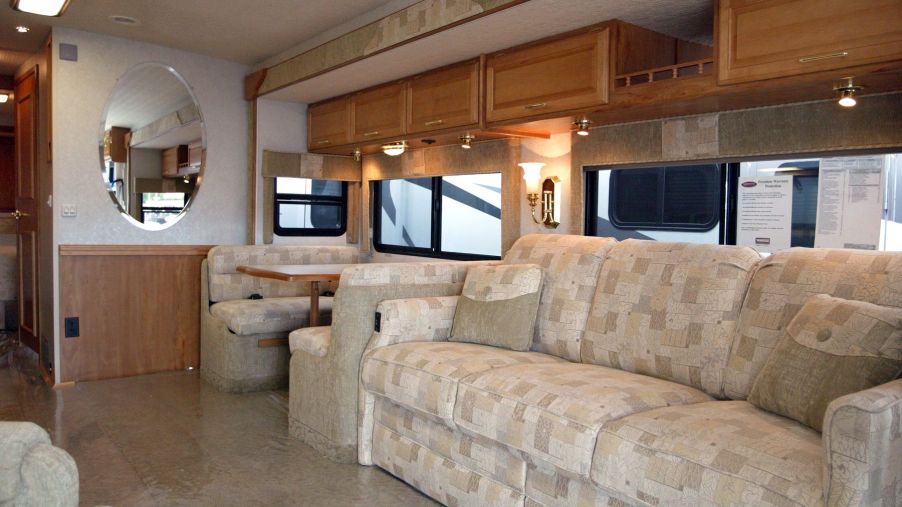
Skoolie Life Problems: 5 Things You Should Know Before Making a School Bus Your Home
RV mania is a real thing, and it’s growing fast. From DIY camper models to luxury motorhomes, RVs of all kinds are hitting the road this year. Most are standard, factory-built RVs. However, some are a bit less common. Vans, box trucks, horse trailers, retired ambulances, and other vehicles have become homes for the adventurous. The most popular of these uncommon homes on wheels are probably the school buses, also known as skoolies.
Skoolies are spacious and homey
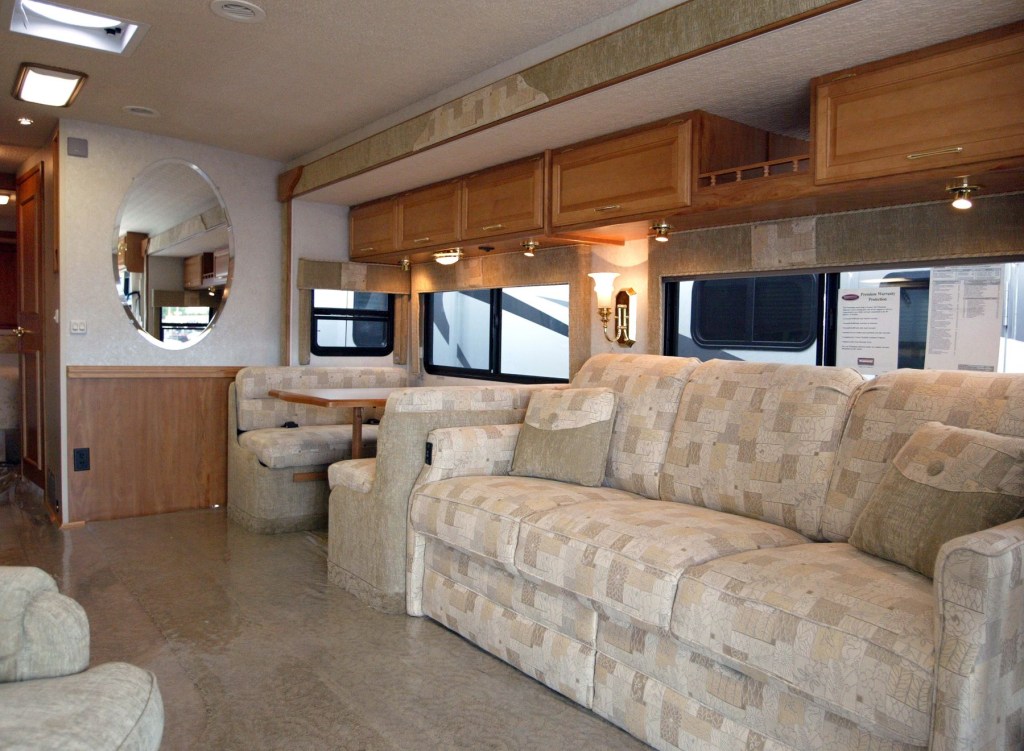
A skoolie made from a full-size bus offers more space than some apartments. You can even separate the bedrooms and bathroom from the open-plan kitchen and living areas for more privacy. This makes them a great choice for families traveling with kids in tow.
These converted school buses feature many of the same amenities as a motorhome but often feel homier than a standard RV. Instead of the ugly interiors of many RVs, skoolies often look like small homes that reflect the unique design aesthetics of their owners. Think of a skoolie as a hybrid between an RV and a tiny house. It offers many of the best features of both.
Turning a school bus into your dream home
Since most skoolies are designed by the people living in them, they’re always a perfect fit. You can have many of the perks of a custom home without the enormous price tag when you choose a skoolie as your new home.
You can even indulge in high-end finishes without breaking the bank. Cork flooring that might be cost-prohibitive in a 2,000 square foot house is suddenly affordable in a 200 square foot skoolie. In-floor heating, quartz countertops, and LED lighting throughout become reasonably-priced options. Instead of price, the main considerations will be weight and power needs.
The downside of living in a skoolie
Van Clan offers these warnings to those thinking of joining them in the camper lifestyle. After all, it’s better to be forewarned than shocked after the fact!
Although a skoolie may seem like an ideal choice for your traveling lifestyle, there are a few disadvantages. Not every road can handle a vehicle of this size. Narrow, winding roads can be downright impossible to navigate. Additionally, finding a suitable parking spot can become a nightmare! Just like oversized RVs, many buses are too big to fit available campground spaces.
You probably won’t need a CDL (commercial driver’s license) to drive your stoolie once you’ve re-registered it as an RV. However, as the skoolie owners from the Trail and Summit blog explain, you may need a special certification if your bus is equipped with air brakes. You may also need a special license or endorsement depending on just how much your finished conversion weighs. The rules vary by state, so do your homework before you choose a bus.
Driving something as big as a skoolie made from a full-size bus can also be intimidating. After all, it could easily weigh 10 tons or more! Driving something that massive takes some serious getting used to, so allow yourself plenty of practice time. If you doubt your ability to control such a monster, you may want to start with a smaller school bus until you’ve gained more confidence.
Living in a skoolie can be expensive
Your school bus could be an older vehicle, retired from service, and it may need major repairs. Not every mechanic is willing or able to tackle bus repairs. You may have to pay extra for bus parts and specialized mechanical services. Look for hidden damage in the bus interior before you buy, too, or you could be looking at more expensive fixes.
Additionally, school buses aren’t exactly fuel-efficient, to begin with, and their fuel economy doesn’t improve once you add the equivalent of a house to the inside. So, expect to shell out big bucks every time you fill the tank!
However, despite these drawbacks, a skoolie is still worth considering if you want to travel the country surrounded by all the familiar comforts of home.
